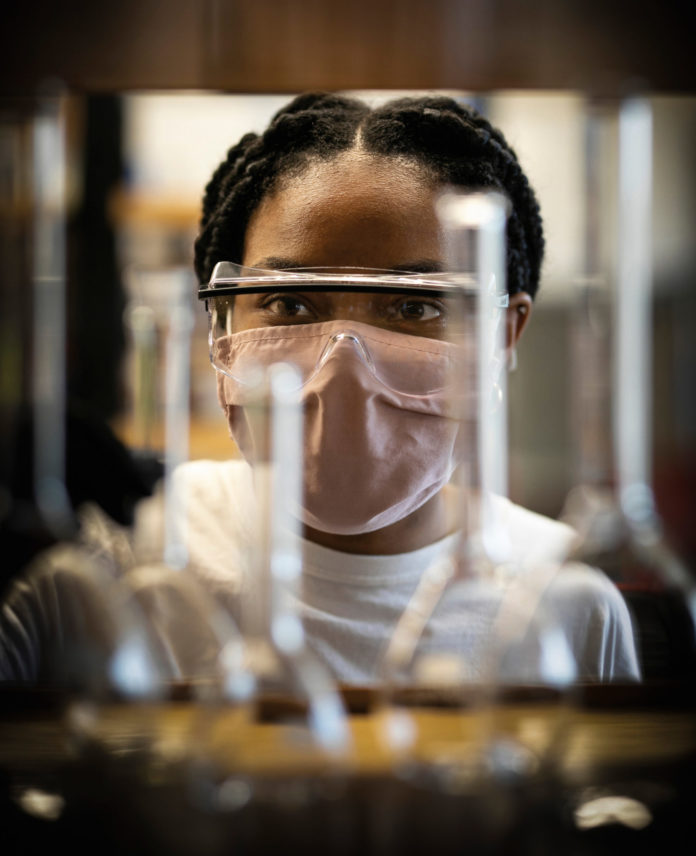In December 2018, Mercer announced the University’s most recent rise within the Carnegie Classification®, the leading system of recognizing and describing academic diversity within U.S. higher education institutions since 1973.
Among 30 categories, Mercer was elevated to the second-highest level — Doctoral University with High Research Activity (R2) — representing the University’s second promotion within the classifications since 2014.
What Provost Dr. D. Scott Davis called a “quantum leap” within the Carnegie Classification and the landscape of American higher education was the result of more than a decade of strategic planning to enhance the research profile of the University while maintaining the distinctive characteristics that have defined the Mercer experience for generations of alumni.
What is the Carnegie Classification?
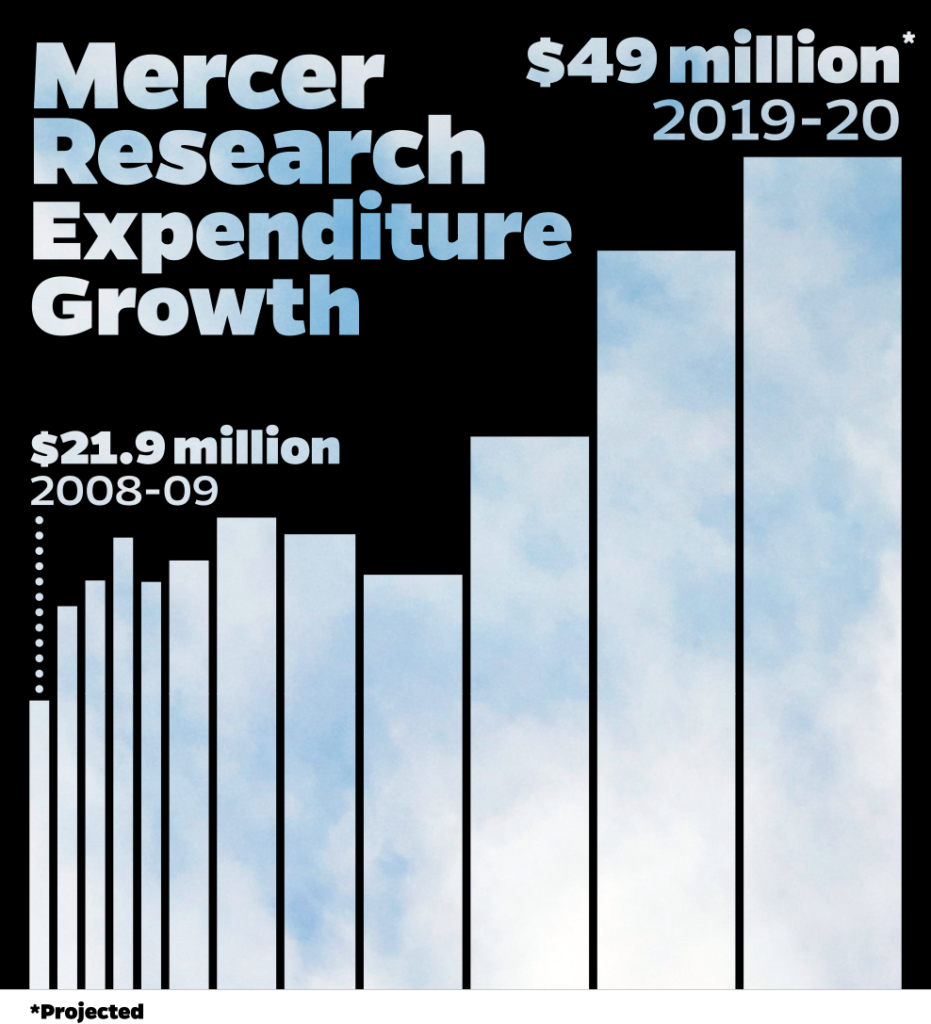
The Carnegie Classification “is intended to be a descriptive taxonomy,” said Dr. Victor Borden, professor of higher education and student affairs at the University of Indiana and project director for the Carnegie Classification of Institutions of Higher Education.
In the mid-2010s, the classifications were restructured to separate doctoral research universities from doctoral professional universities, which helped pave the way for Mercer’s acceleration through three categories in a span of four years.
When the classifications were updated in 2015, Mercer was well above the thresholds for research Ph.D.s and expenditures to be considered a doctoral research university. By the next update in 2018, restructuring led to the University’s elevation from the discontinued R3 (Doctoral University with Moderate Research Activity) category to R2.
By the numbers, Mercer’s 12 research Ph.D.s awarded in 2008-09 had risen to 59 by 2016-17, which was the target year used for the 2018 update. The University had $21.9 million in research expenditures in 2008-09 compared to $34.2 million in 2016-17. This figure is projected to reach nearly $50 million when the 2020 numbers are finalized.
The R1 (Doctoral University with Very High Research Activity) and R2 levels represent what the Carnegie Classification views as the country’s 262 research institutions as of the most recent update.
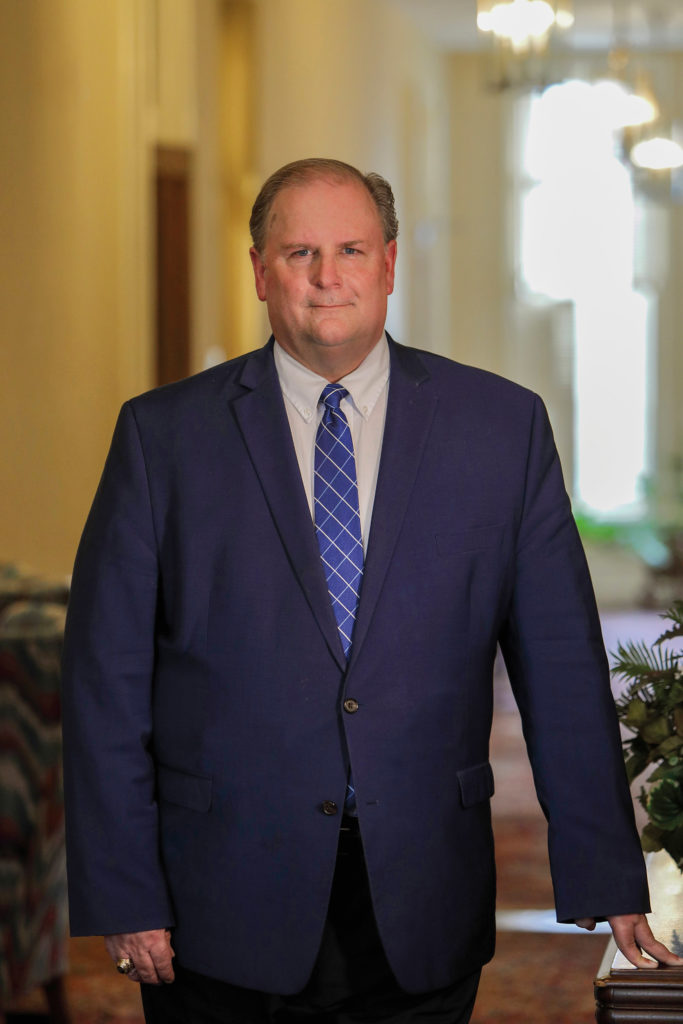
“These are universities that have a strong focus on research that has national and international impact. They have the appropriate resources to provide opportunities to do a certain level of research in a variety of areas,” said Dr. Wayne Glasgow, Mercer’s senior vice provost for research.
“These institutions are also significant players in terms of how many Ph.D.s they are producing. They are producing people who are well-equipped to be leaders in their fields, and they also have the appropriate faculty to serve as mentors to these doctoral- level students.”
Dr. Borden emphasizes that the Carnegie Classification is not intended to indicate any measure of “quality, impact or other outcome.” While terms like ‘rise’ are used to describe movement through the classifications, they are not designed to be a ranking of one institution over another. The classifications exist for “research and policy setting purposes,” he said, though they have been “appropriated for other uses.”
Such uses include annual rankings published by U.S. News & World Report and others, eligibility for particular types of state and federal funding and admission to certain research consortiums and organizations.
In many ways, the Carnegie Classification serves as a stamp of approval not just for the aforementioned opportunities but for Mercer students applying to master’s and doctoral programs.
“Mercer has always had a good reputation for our undergraduate students matriculating to graduate schools across the nation,” said Dr. Davis. “Being at the R2 level allows even easier access for those students in that they’ve received that personalized undergraduate experience that they can’t get at other schools and it’s happening at a national research university.”
R2 status also serves as a recruiting tool for professors, sending a message to prospective faculty members that “You’ll be able to accomplish all you want to accomplish, and you’ll be competitive for high-level grants,” said Dr. Glasgow.
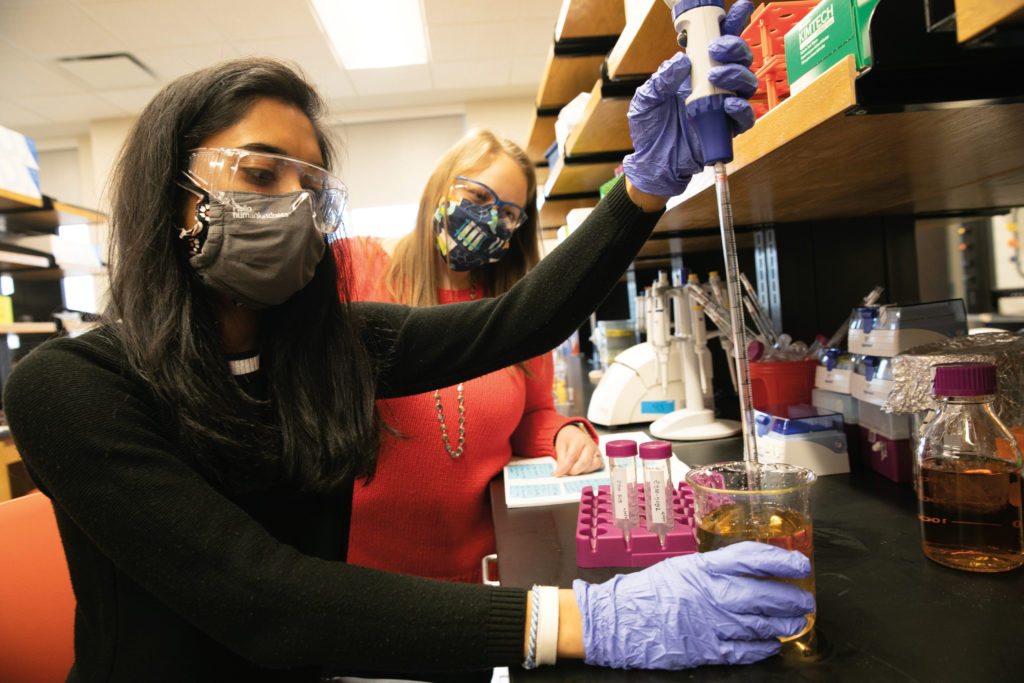
‘We’re really fulfilling our mission’
High research activity “cuts across” all seven tenants of Mercer’s mission to teach, to learn, to create, to discover, to inspire, to empower and to serve, said Dr. Glasgow. “It gives us an opportunity to create original ideas and be involved in discovery, not just learning about what other people have done.”
Mercer’s rise in the Carnegie Classification is a result of a strategic, intentional process that has seen the University’s research expenditures incrementally rise from $18 million to almost $50 million over the last dozen years.
Simultaneously, University leadership has identified ways in which to draw upon Mercer’s long-held strengths while expanding its research portfolio.

Examples include interdisciplinary majors like neuroscience as well as biochemistry and molecular biology (BMB) that are research-intensive while leaning into Mercer’s emphasis on undergraduate education. Mercer On Mission draws upon the University’s service ethos while carrying out life-changing research across the globe. Additionally, the School of Medicine’s foundational mission to provide physicians and health care professionals for rural and underserved Georgia has resulted in Mercer becoming a national leader with its Center for Rural Health and Health Disparities, one of only two rural-focused National Institutes of Health (NIH) Centers of Excellence in the U.S. The medical school also houses the Georgia Rural Health Innovation Center, established in 2018 by state lawmakers to address the health-related challenges and disparities facing Georgia’s rural communities.
For these reasons and more, Mercer’s growing research profile is a product of decades of distinctive programming and institutional values that have defined what it means to be a Mercerian.
“A lot of graduates were integral in this process. It didn’t happen overnight with one researcher or one program,” said Dr. Kevin Bucholtz, professor of chemistry and director of undergraduate research. “We don’t get this growth without the students — whether they participated in undergraduate research, Mercer On Mission, a graduate program or service learning — and they should be proud.”
“Mercer alumni are part of an institution that is considered one of the top research institutions in the country,” added Dr. Glasgow. “Our faculty and students are engaged in research that is solving important problems in society. We’re getting funding from the highest levels. Our graduates are equipped to be leaders in research fields with national and international recognition. We’re really fulfilling our mission.”
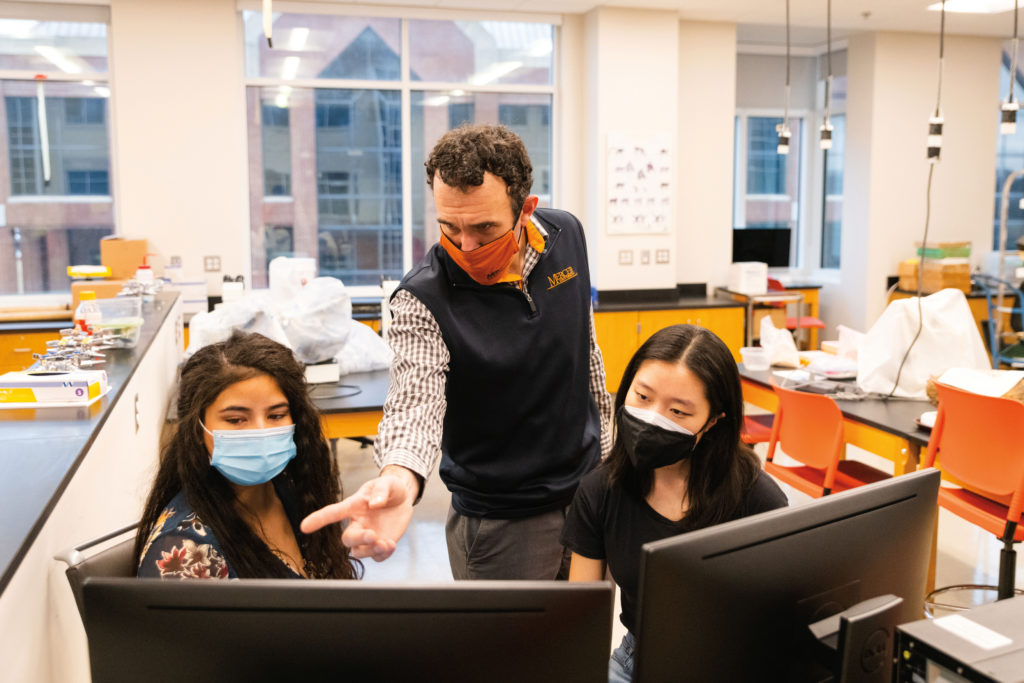
A balancing act
For some institutions, climbing the ladder of the Carnegie Classification has its pitfalls. Funneling resources into research can create deficiencies elsewhere. Mercer is committed to maintaining its uniqueness — particularly its focus on undergraduate education — while being recognized as a top research university nationally.
“A lot of institutions that grew into doctoral-level research institutions sacrificed that individualized undergraduate experience, particularly as it relates to research,” said Dr. Davis. “We’re committed to not doing that.”
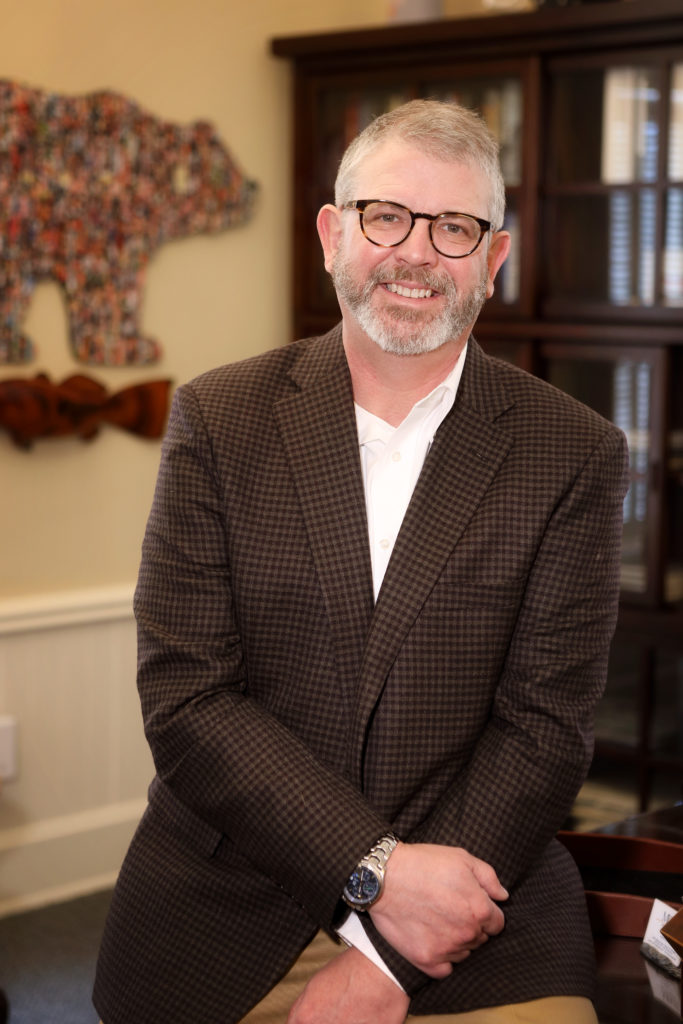
Undergraduate research is not an easy undertaking for faculty, who must work around the busy schedules of undergrads as opposed to having full-time graduate-level research assistants.
In spite of these challenges, the University makes a promise when recruiting prospective students that they will receive individualized opportunities with faculty to do research.
“Undergraduate research is very fulfilling, and we hire faculty who want to be a part of that,” said Dr. Davis. “The vast majority of them did undergraduate research so they want to perpetuate what they experienced. When we interview candidates for positions, one of the things we focus on is that they understand that balance and how important it is to us.”
At Mercer, the classroom experience is just as important as the research experience.
“We don’t separate the scholarship from the teaching — it’s just kind of embedded in what we do,” said Dr. Bucholtz. “What we are looking for is great teachers and at the same time great researchers. It goes hand in hand. Staying vibrant in our scholarship makes us more dynamic teachers.”
The University’s commitment to this balance is supported by how it allocates resources to research.
“We try to focus on the students first, and when appropriate we do as much as we can with researchers to get projects started, collect preliminary data for grant applications and travel to present their work,” said Dr. Bucholtz. “As an institution, there’s a commitment to research and a culture of getting research done and valuing research.”
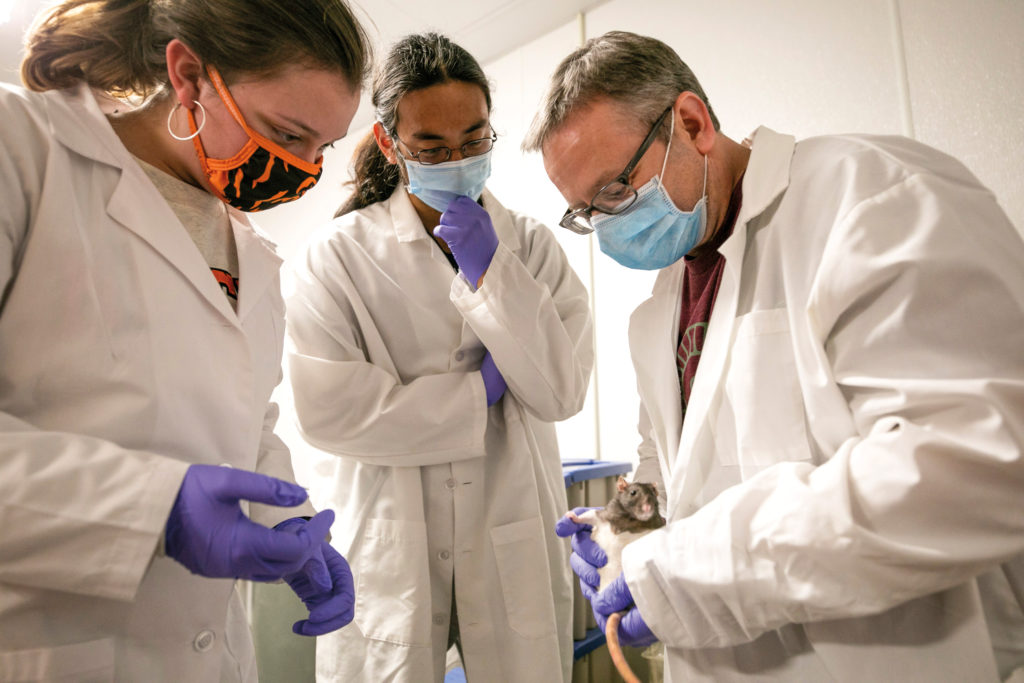
The business of transforming lives
Mercer’s promotion within the Carnegie Classification has put the University in the same discussions as the top research institutions in the country. The fruits of those discussions — whether they be postgraduate opportunities for students or research grants for faculty — will likely be the biggest impacts of the University’s rising profile.
“On a day-to-day basis, I don’t think things are going to change much,” said Dr. Bucholtz. “We got here because we were doing the right things. It’s simply a validation that what we’re doing is working.”
Mercer’s R2 status is “the natural evolution of the University,” said Dr. Davis. “It’s the trajectory we want to be on in that we want to have an expanded research presence from the undergraduate program all the way through the graduate, professional and doctoral programs.”
The importance of research, said Dr. Glasgow, is as apparent now as ever, living in the midst of a pandemic where infectious disease researchers are playing a critical role in society. “Here’s a problem. What’s the solution? — that should be what all universities are about.”
This fundamental commitment to problem-solving is what makes Mercer a place where everyone majors in changing the world.
“Mercer is a university that’s constantly evolving, constantly aspiring to be better, not in one particular sector but across the entire institution,” said Dr. Davis. “At the same time, we’re trying to maintain that unique character that alumni experienced decades ago that transformed their lives.
“That’s what we’re in the business of doing — transforming lives — and we do it while balancing the research agenda of the University and respecting the value of high-quality research.”

